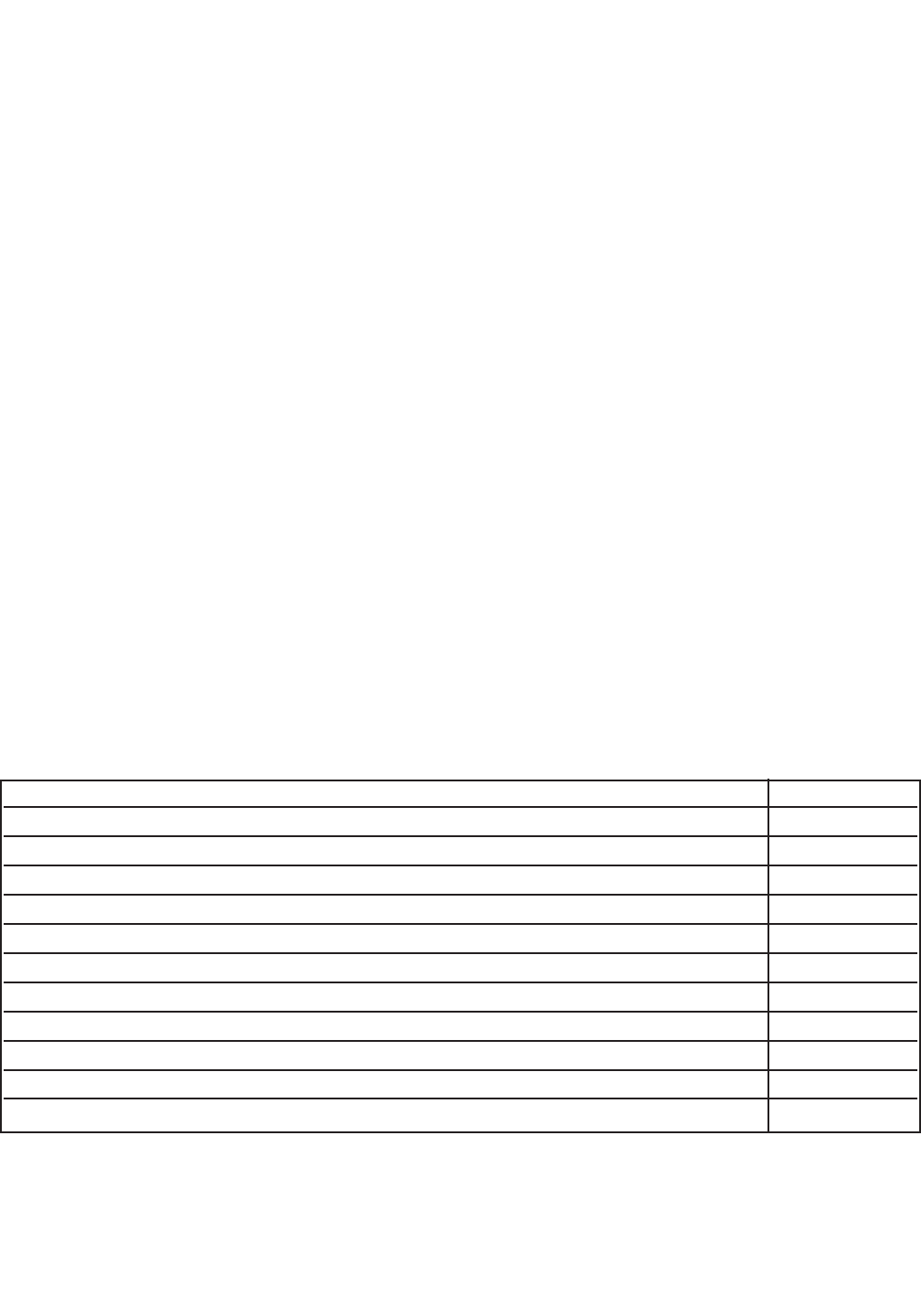
86
MODEL 54eA SECTION 15.0
TROUBLESHOOTING
15.2.8 Sense line open
Most Rosemount Analytical sensors use a Pt100 or a Pt1000 in a three-wire configuration (see Figure 15-4). The
in and return leads connect the RTD to the measuring circuit in the analyzer. A third wire, called the sense line, is
connected to the return lead. The sense line allows the analyzer to correct for the resistance of the in and return
leads and to correct for changes in lead wire resistance with changes in ambient temperature. If the sense line is
open, check all wiring connections, including connections at a junction box. Next, verify that the sense line is open.
Disconnect the sense and return leads and measure the resistance between them. It should be less than 5Ω. If
the sense line is open, replace the sensor as soon as possible.
The analyzer can be operated with the sense line open. The measurement will be less accurate because the ana-
lyzer can no longer compensate for lead wire resistance. However, if the sensor is to be used at approximately
constant ambient temperature, the lead wire resistance error can be eliminated by calibrating the sensor at the
measurement temperature. Errors caused by changes in resistance with changes in ambient temperature cannot
be eliminated. To make the error message disappear, connect the RTD sense and return terminal with a jumper.
15.2.9 Failure factory and Failure eeprom
Turn the power off, wait about 30 sec, then turn the power back on. If the error message does not clear, call the
factory. In the United States, call (800) 854-8257. Outside the United States, call (949) 757-8500.
15.3 TROUBLESHOOTING WHEN NO FAULT MESSAGE IS SHOWING - TEMPERATURE
15.3.1 Temperature measured by standard was more than 1°C different from controller.
A. Is the standard thermometer, RTD, or thermistor accurate? General purpose liquid-in-glass thermometers, par-
ticularly ones that have been mistreated, can have surprisingly large errors.
B. Is the temperature element in the sensor completely submerged in the liquid?
C. Is the standard temperature sensor submerged to the correct level?
15.4 TROUBLESHOOTING WHEN NO FAULT MESSAGE IS SHOWING - OXYGEN
Problem See Section
Zero current was accepted, but current is greater than the value in the table in Section 7.2 15.4.1
Error or warning message while zeroing the sensor (zero current is too high) 15.4.1
Zero reading is unstable 15.4.2
Sensor can be calibrated, but current is outside the range in the table in Section 7.3 15.4.3
Possible error warning during air calibration 15.4.3
Possible error warning during in-process calibration 15.4.4
Barometric pressure reading is too high or too low 15.4.5
Process readings are erratic 15.4.6
Readings drift 15.4.7
Sensor does not respond to changes in oxygen level 15.4.8
Readings are too low 15.4.9


















